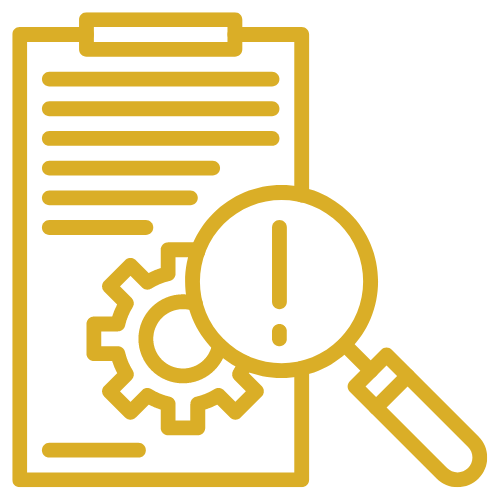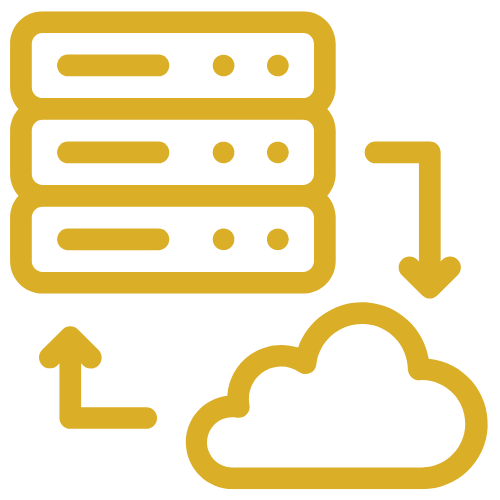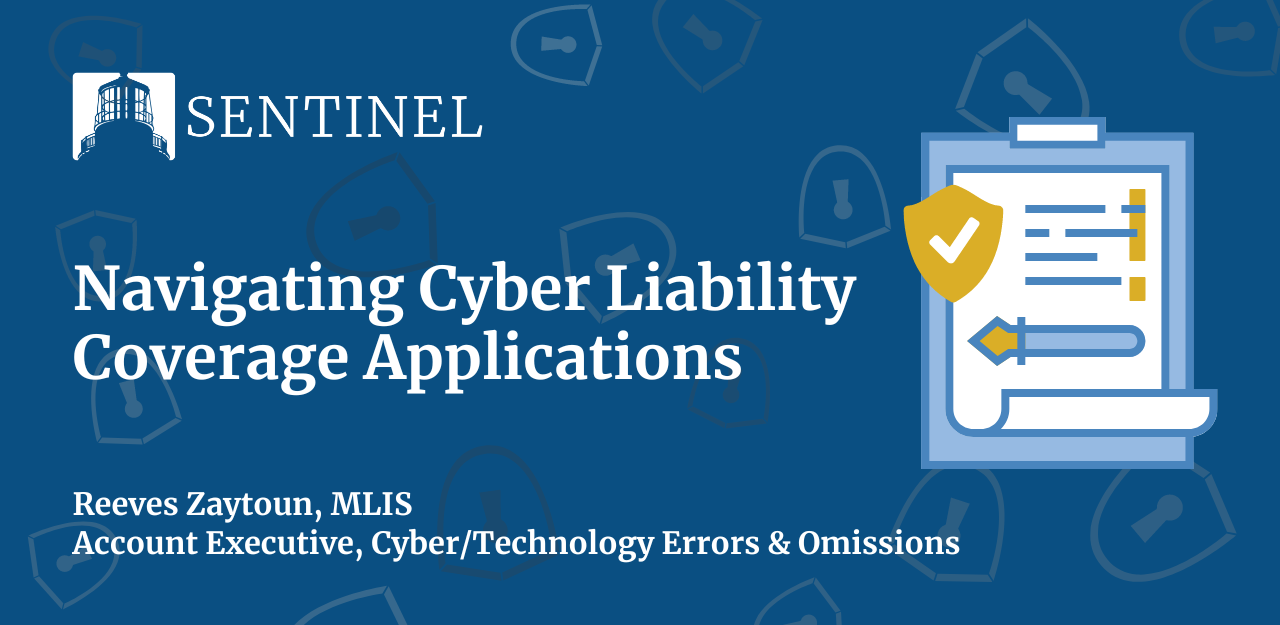Overwhelmed by a Cyber Liability Coverage application? Here are some essential areas to focus on that will help you qualify for comprehensive coverage from top-tier cyber insurers. Taking these steps is a vital part of bolstering your overall security posture.
1. Implement Multi-Factor Authentication (MFA)

MFA is a layered approach to data security by requesting multiple forms of identification from the user to allow access to systems and programs. MFA can entail an additional code identification entry, use of a third-party application, or biometric information.
2. Keep Systems Up To Date

An unpatched vulnerability is one of the easiest and most common methods to compromise a computer system or network. Enable automatic updates where possible, replace unsupported systems, and test and deploy available patches quickly.
3. Use Endpoint Detection & Response (EDR)
An EDR solution protects against malicious attacks and can provide far greater capabilities than a traditional antivirus solution. EDR can help protect and monitor every asset in an enterprise network by identifying suspicious activity before the rest of the corporate network is exposed to unnecessary risk. EDR technologies monitor abnormal behavior on each system rather than simply searching for malware.
4. Prepare An Incident Response (IR) Plan

An IR plan should provide a clearly defined, focused, and coordinated approach to responding to cyber incidents. This will enable the organization to limit the damage and return to normal operations. Additionally, having an IR plan reflects the organization’s commitment to cybersecurity to clients, partners, and suppliers.
5. Back Up Your Data

Organizations store a diverse range of data through various computer systems on networks that can span from local to global, or somewhere in between. Data can include Protected Health Information (PHI), Payment Card Information (PCI), Personally Identifiable Information (PII), Intellectual Property (IP), or other proprietary or confidential information. Backups protect information against human errors, hardware failures, cyberattacks, power failures, and natural disasters. Backups should be frequent, regular, and systematic.
A Best Practice Is The 3-2-1 Strategy:
3. Create one primary backup and two copies of your data.
2. Save your backups to two different types of media.
1. Keep at least one backup file off-site and offline.
6. Partner with Sentinel

Our dedicated Specialty Lines team with extensive knowledge and experience stays on the forefront of the ever-changing cybersecurity landscape to deliver you comprehensive Cyber Liability protection. Contact us today to learn how we are committed to Safeguarding Your Success.


